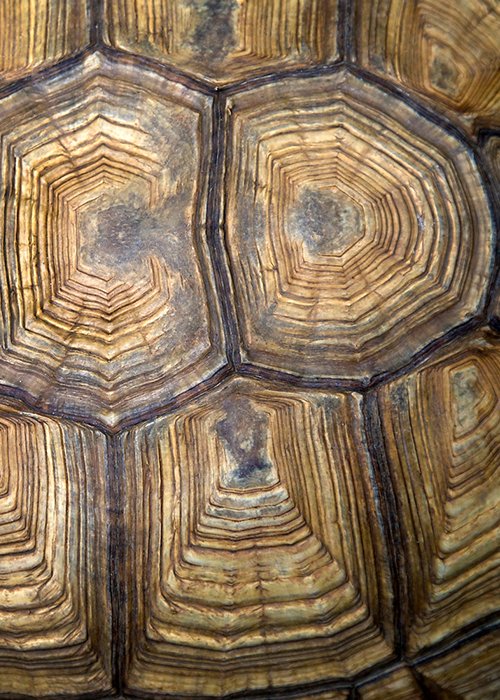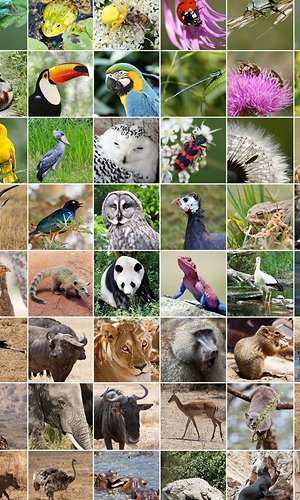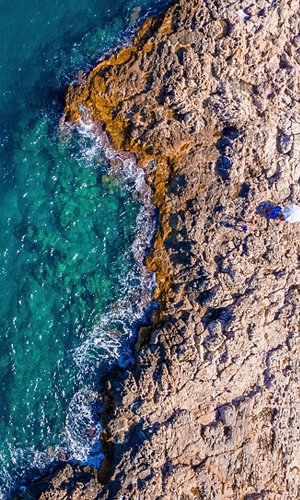The carapaces of turtles are a veritable data archive, as they store traces of planet Earth's past. A team of researchers led by Cyler Conrad of the Pacific Northwest National Laboratory examined the carapaces of several species of turtles and tortoises that lived near sites affected by nuclear tests or close to nuclear facilities, and found that these structures can retain traces of environmental contamination that can be analysed over time (such as ice cores extracted from glaciers). The article was published in the journal Pnas Nexus.
The turtles that were analysed came from Marshall Islands and the Nevada Test Site (both known to have been used for several nuclear weapons tests), or from areas close to radioactive material processing and production sites (such as the Savannah River Site and the Oak Ridge Reservation). The researchers analysed uranium radionuclides from human activity present in their carapaces, keratin structures that bio-accumulate substances present in the environment as they form and grow.
Uranium is a naturally radioactive element, but the relationships between different isotopes can be a clue to human activities, as in the case of enriched or depleted uranium. In particular, by focusing on the analysis of the isotope 236U, which is of human origin, the researchers observed that nuclear contamination caused by humans could be observed in four of the five cases analysed.
The researchers emphasised that although the number of samples analysed is small, the results are significant because, by expanding the sample size, important information could be obtained about environmental contamination at other sites known to be linked to nuclear activities, including those of nuclear accidents such as the one that took place in Fukushima, Japan.
More research in this direction would also provide a better understanding of the role of turtles as environmental sentinels. The authors concluded that this study is an invitation to broaden the scope beyond the exclusive examination of uranium isotopes or turtles. It encourages the exploration of any plant or animal with tissues that grow over time and can serve as a valuable time series, for example the thorns of cacti or the feathers of birds.




